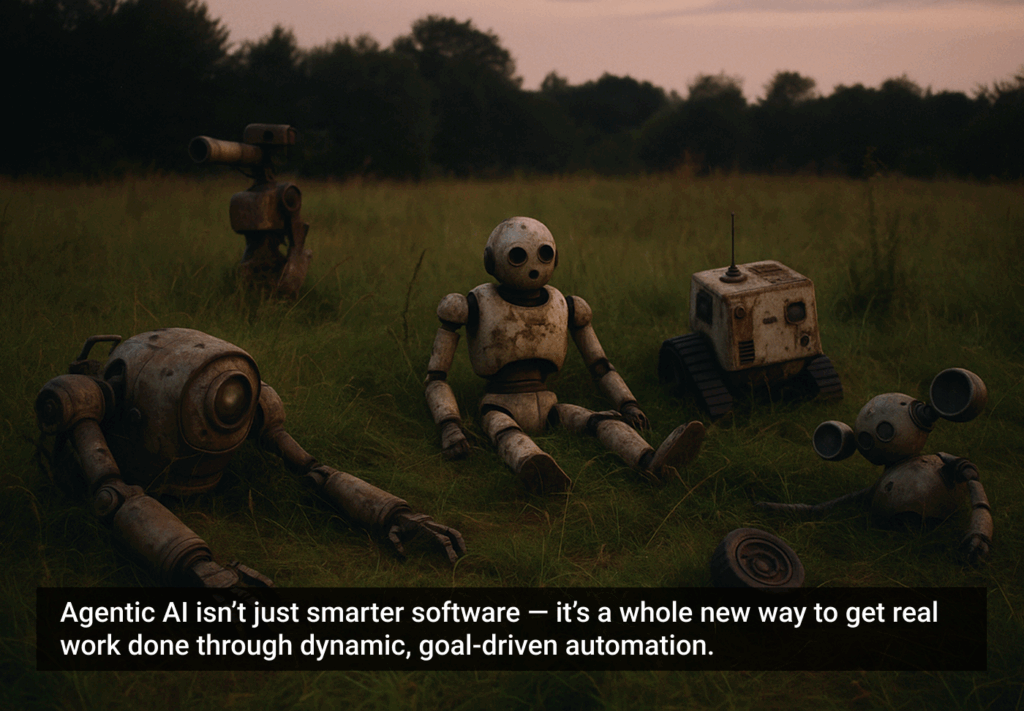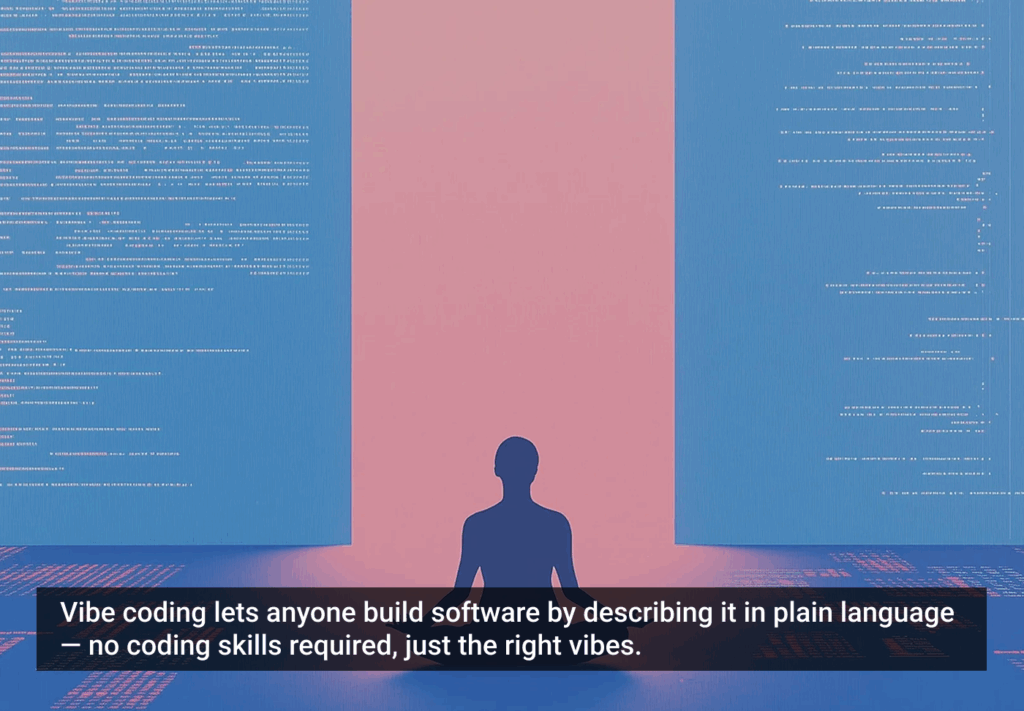The first day of the conference
Does Conversational AI do magic? I could verify this during the 2nd edition of the European Chatbot & Conversational AI summit.
The below summary is just a glance at what happened during the first day. I had no time to listen to all speeches (as some of them were conducted parallelly).
The below summary is for those who did not participate in the event and those who did but would like to have at hand a short reminder of concepts, advice, and golden thoughts said on the 1st of March 2022.
The participants were from many countries and different locations. Although it was the European Summit we had an audience from South America, Australia, North America, Asia, and Europe. Worth to mention there were also representatives from Ukraine. I hope they’ll be able to make a good deal here, as they really need support. RK?
Future – bright of dark?
Can we have a proactive AI assistant that will guess our needs and will do what is needed on our behalf? Some of us dream about knowledgeable, proactive, adaptive, and empathetic software that would do whatever we expected. But if this AI is to be smarter than humans, why don’t we trust it?
Jeff Dalton & Jeff Blankenburg discussed the future. They delivered 2 separate lectures where they tried to make a sneak peek into the future of collaborative task assistants that we are waiting for. Jeff Dalton explained what the current possibilities were. Seems like AI still cannot bring me a cappuccino. Why? The answer was provided by Sudha Mani in her fantastic speech about why AI infrastructure is failing and what can be done about it. Mani impressed me not only with her deep knowledge but also with her fantastic way of doing presentations. She could deliver training on presentation skills as well, but I totally understand that AI is more interesting :D. The speaker presented the impact of AI, risk & challenges after implementation. I could learn what are the different levels of AI, AI infrastructure layers, and the barriers to AI deployment. Then Mani advised what 6 core business areas need to be defined when we go for AI.
But if we still dream of the future, it would be good to follow Jeff Dalton on implementing Dialog State Tracking Models, thinking about rich sensing capabilities, and task decisions based on the search using context.
When Jeff Blankenburg showed headlines about AI outperforming doctors, he also had shown people do not trust it. Why?
Tips & tricks
Building trust was one of advice from several speeches with tips & tricks. We could learn from OpenDialog representatives: Maaike Coppens and Ronald Ashri. They told us how to work on conversational collaboration. It is about knowing your user, building trust, and about getting insights from use cases to create proper intents. Then if we were thinking intents, it was good to get knowledge from Maaike Groenewege. The linguist and the most passionate and cheerful person today. She explained how to create, define, clean, balance, and test proper utterances in. She also invited everybody to her Convo.club. Another set of advice we had from Marc Pedri from Evo Dynamics who proposed how to improve AI conversational solutions using data. Everything counts from customer understanding mentioned by Maaike and Ronald to the observation of default fallbacks, funnels, and flow breaks. Greg Bennet reminded to remember that voice is not text. So, when designing a conversational AI solution, we must know what type of interaction we propose to users Text-Forward, Voice-Forward, or Voice-Centric. He reminded about troubles with sonic indication and gave a proposition to fix them.
Research
Other Dialogue challenges, especially in multifunctional conversational AI were discussed by group of scientists and researchers. One of the most interesting topics for me were 2 approaches to inclusion of the sign language. How to capture it with a camera and interpret it, and how to “translate” into text.
Success stories and lessons learned
We could also listen to a few presentations about cooperation with customers and exemplary successful products. We could familiarize ourselves with lessons learned by inChat.
We could also learn the good, the bad, and the ugly experiences of David Low on examples of Skyscanner app in cooperation with Alexa. Then a Danish Insurance company representatives presented the history of Albotta – the chatbot of the Alm company. The product I loved most was BuroKratt. An application available in Estonia, that every citizen of every country dream of. All government services and information are available through a virtual assistant by text and voice. Police & Border control, consumer protection, national library, and more. I’d love such (anti)Beaurocrat in Poland.
There were a few more sessions that I listened to, but as it is 22:00 now I need to stop writing. If you think I missed something important or I misunderstood any concept, please let me know in the comments.
What is the golden thought for you?
The one I took, and slightly paraphrased is:
“The context influences the design & the design influences the context”
The European Chatbot is a two-day networking event that promotes the use of conversational AI in Europe. It brings together visionary speakers, researchers, industry-wide executives, and adopters of Conversational AI, cutting-edge chatbots, and conversational AI technology providers to facilitate a discussion on the latest trends, future innovations, policies, and regulations in the conversational AI space.
Get a 50% discount using code UXMEG23 for this year’s event! Follow the links to buy tickets now: Agorify, Eventbrite.
The European Chatbot & Conversational AI Summit – the event for leading minds in Conversational AI.








